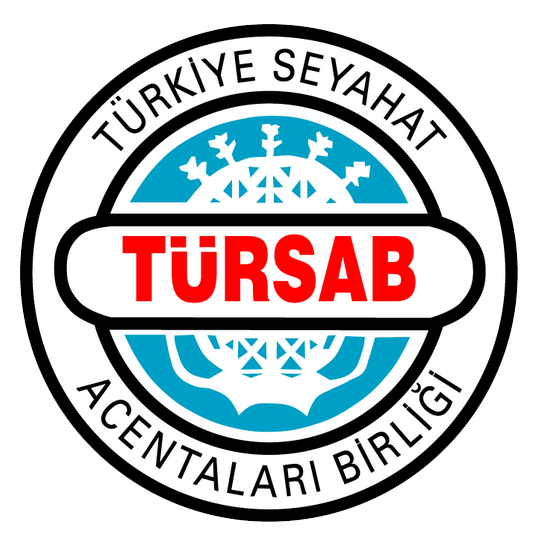Thermal tourism is the application of courses of treatment – under the control of specialist physicians – including climate therapy, physical therapy, rehabilitation, mecanotherapy, physical education, massage, psychotherapy, dieting, etc., and combined with supplementary treatments, using mineral thermal waters and the mud belonging to them in bathing, drinking and for respiration, as well as the use of thermal waters for the purposes of entertainment and recreation. The use of thermal springs with the aim of becoming more beautiful, healthier and stress free, and resting the body and the mind, has risen both throughout the world and in our country. The thermal springs of Turkey, which are within the top 7 countries in the world in terms of the wealth of sources, are of a higher quality than the thermal springs in Europe in both in terms of capacity and temperature, and the various physical and chemical characteristics they possess. Our country has around 1300 thermal sources whose capacity ranges between 2 – 500 litre / second. 10 million people a year use 240 thermal springs in Turkey for treatment, rehabilitation and relaxation (holiday). The thermal springs in Turkey, which are defined as being “naturally sourced and plentiful” are known as being high in terms of molten mineral value, and rich in sulphur, radon and sodium.

Due to its high level of mineralisation, our country offers a unique holiday environment coupled with the aim of treatment, through its thermal spring potential which possesses the quality for effective treatment, its wealthy cultural and natural values, and climatic conditions. The preference for the use of natural resources in protecting human health and leading a healthy life has increased, and there is a great – even nostalgic - yearning for the old, simple and healthy way of life. The thermal centres which are concentrated in the Marmara and Aegean regions of Turkey are easy to reach from popular destinations such as Istanbul, Izmir, Pamukkale, Marmaris and Fethiye. The ancient city of Hieropolis was built at the location of the rich mineral waters of Pamukkale, where the spring water which flows from the mountain slopes form magnificent circular pools which are decorated with soft layers of dazzling limestone. Without doubt, the residents of the ancient Lykian town of Kaunos used to bathe in the mud of nearby Köyçeğiz Lake which is rich in terms of minerals.

He thermal springs of Izmir – Balçova, is located within the Baths of Agamemnon, whose waters were known for their therapeutic quality, and which were benefited from during Roman times. Bursa, the first capital of the Ottoman dynasty was established opposite Uludağ, which was known as the Mount of Olympos in the olden days. The natural thermal springs of Çekirge, which are here, encouraged the Ottomans to build a larger domed bath complex at the point where the previous Roman and Byzantine bath complex was located, during the reign of Murat I (1359 – 1389). Çeşme, which is on the Aegean coast, is famous for its natural thermal springs and the therapeutic quality of its sea water. Alova thermal springs, on the southern coast of the Sea of Marmara, and among green forests, has waters which are rich in minerals, and which are believed to treat various ailments.
 The “Balıklı Kangal Thermal Centre” which is situated in the Central Anatolian Region has extraordinary qualities and is a leading thermal centre in the world in its own category. The centre is 13 km from the district of Kangal in Sivas, an d houses therapeutic waters at 36 degrees Celsius, bicarbonate, calcium, magnesium and small fish ranging from 2 – 10 cm in length which play an important role in the treatment of skin diseases. This city also has two more thermal centres which are famous for their valuable and curative treatments – Sıcak Çermik (Hot Spring) and Soğuk Çermik (Cold Spring). The famous Sandıklı Afyon), Gönen (Balıkesir), Kestabol (Çanakkale), Ilgın (Konya), Kızılcahamam (Ankara), Haruniye (Adana), Ayder (Rize), Ladik (Samsun), Hasanapdal (Van) and Billoris (Siirt) thermal centres are known for their thermal resorts, and are highly recommended.
The “Balıklı Kangal Thermal Centre” which is situated in the Central Anatolian Region has extraordinary qualities and is a leading thermal centre in the world in its own category. The centre is 13 km from the district of Kangal in Sivas, an d houses therapeutic waters at 36 degrees Celsius, bicarbonate, calcium, magnesium and small fish ranging from 2 – 10 cm in length which play an important role in the treatment of skin diseases. This city also has two more thermal centres which are famous for their valuable and curative treatments – Sıcak Çermik (Hot Spring) and Soğuk Çermik (Cold Spring). The famous Sandıklı Afyon), Gönen (Balıkesir), Kestabol (Çanakkale), Ilgın (Konya), Kızılcahamam (Ankara), Haruniye (Adana), Ayder (Rize), Ladik (Samsun), Hasanapdal (Van) and Billoris (Siirt) thermal centres are known for their thermal resorts, and are highly recommended.






